Paldor Himal Peak climbing trip starts by the drive from Kathmandu to Syabrubesi (6 to 7 hours). From Syabrubesi the trekking starts following Tamang villages of Tangjet and Gatlang. Afterward, you head northwards along the ridge before dropping into the forest above Mailung Khola. The moraine filled valley below Paldor is reached from here in another day walk. After Summit you follow the trail that passes villages of Somdang, Gatlang and Syapru besi again. From Syapru besi we drive back to Kathmandu.
Paldor Peak, located in the Langtang region of Nepal, is a stunning peak standing at an altitude of 5,896 meters (19,347 feet). It offers a thrilling and rewarding climbing experience for mountaineers seeking to conquer a Himalayan peak.
Paldor Peak Climbing is an extensively ascending Peak in Ganesh Himal. Ganesh Himal is a subrange of the Himalayas which placed in the north-central part of Nepal. This range, spread about 70 km, is between Langtang and Manaslu. From Kathmandu, it lies to the North West direction.
The height of Paldor Peak is 5896m/19,343ft from sea level. In the range of Ganesh Himal, Paldor is located at the southeast end above the intersection of the Tiru and Karpu Ridge (Danda). Nearby this peak the Mailing Khola (Stream) originates. Mailung is one of the tributaries of the Trisuli River.
According to the historical record, Paldor Peak was first ascended by Mr. John Cleare and Ian Howell in 1974. The summit of Paldor Peak grants the spectacular views of high peaks in Ganesh Himal range- Yangra, Ganesh II/NW, Salasungo, and Pabil.
To summit Paldor there are many possible ways. This peak can be climbed from North East, South East, West and South West Ridge. The popular are Southeast Ridge and Northeast ridge routes.
In the south-east route to reach the lowest point of this ridge from the high camp of Paldor’s East, it needs to pass glacier with steep snow and ice slopes. From the lowest point, the ridge continues with quite steep but without any major difficulties the summit can be done.
Likewise in Northeast ridge route, the trail goes through the path along a moraine from base camp. There is a small lake to the south of the peak named Fang. After the cross a stream flowing from the lake the trail heads toward the East Ridge of the Fang. The glacier at this point is flat and does not contain many crevasses. From this camp follow the Paldor’s East glacier without difficulty and head north toward a col on the Northeast Ridge. Cross a bergschrund and climb a steep snow slope to gain the col then to continue the climb to reach the summit.
Upon your arrival in Kathmandu, you will be greeted by our representative from the trekking agency and transferred to your hotel. Spend the rest of the day resting and preparing for the upcoming climb. In the evening, there will be a briefing session with your climbing guide who will provide you with essential information and conduct an equipment check.



Today, you will embark on a guided sightseeing tour of Kathmandu, exploring its UNESCO World Heritage Sites such as Pashupatinath Temple, Boudhanath Stupa, and Kathmandu Durbar Square. In the afternoon, you will have free time to make any last-minute preparations and purchase any necessary gear for the climb.



Leave Kathmandu and embark on a scenic drive to Syabrubesi, a small village located at an altitude of 1,460 meters (4,790 feet). The drive takes you through picturesque landscapes, terraced fields, and charming villages. Spend the night in Syabrubesi, preparing for the trek ahead.



Begin your trek from Syabrubesi, following the Langtang Khola river. The trail ascends through terraced fields, forests, and charming Tamang villages. Reach Gatlang, a traditional Tamang village located at an altitude of 2,238 meters (7,343 feet), and immerse yourself in the local culture and hospitality.



Leaving Gatlang, the trail ascends through lush forests, offering scenic views of the surrounding landscapes. Trek to Somdang, situated at an altitude of 3,270 meters (10,728 feet), and enjoy the tranquil atmosphere and stunning mountain vistas.



To acclimatize to the increasing altitude, you will spend an extra day in Somdang. Use this day to explore the surroundings, interact with the locals, and take short hikes to higher elevations for better acclimatization.



Leaving Somdang, the trail ascends to the Paldor Base Camp. The trek becomes more challenging as you traverse rocky terrain and alpine meadows. Reach the base camp, situated at an altitude of 4,280 meters (14,042 feet), and prepare for the climb ahead.



Take a day to acclimatize and undergo training at the Paldor Base Camp. Your climbing guide will provide comprehensive training on climbing techniques, equipment usage, and safety protocols. You will have the opportunity to practice essential climbing skills and familiarize yourself with the equipment.



From the base camp, the trail ascends to the Paldor High Camp. The trail becomes steeper and more rugged as you gain altitude. Reach the high camp, situated at an altitude of 5,000 meters (16,404 feet), and prepare for the summit push.



Today is the summit day. Start the summit push in the early hours of the morning, equipped with climbing gear and under the guidance of your experienced climbing guide. The ascent involves traversing snowy slopes, negotiating rocky sections, and possibly using fixed ropes. From the summit of Paldor Peak, standing at 5,896 meters (19,347 feet), you will be rewarded with breathtaking panoramic views of the surrounding Langtang and Ganesh Himal ranges. Descend back to the base camp.



A contingency day is included in the itinerary to account for any unforeseen circumstances such as bad weather or altitude-related issues. This day provides flexibility in case the summit attempt needs to be rescheduled.



Leaving the base camp, you will trek back to Gatlang, retracing your steps through the picturesque landscapes and charming villages. Enjoy the beauty of the Langtang region and reflect on your remarkable climbing experience.



Continue the trek from Gatlang and make your way back to Syabrubesi. Take in the scenic views and relish the memories of your successful climb.



Today, you will drive back to Kathmandu from Syabrubesi, enjoying the beautiful countryside and reflecting on your incredible climbing adventure. Once in Kathmandu, you can take the opportunity to relax, explore the city, and celebrate your achievement.



After a remarkable journey and successful climb of Paldor Peak, it's time to bid farewell to Nepal. You will be transferred to the airport for your departure flight, carrying with you lifelong memories and a sense of accomplishment.
Paldor Peak Climbing Gears:
To be successful in expedition and climbing we require better gear and also training is mandatory. Better gear and an expert team complete the journey with incredible achievements in time and at less cost. The required gears for paldor Peak are as mentioned.
Group Climbing Gear;
Personal Climbing Gear:
Climbing boot, Crampons, Ice axe, harness, Ice Climbing Helmet , Jummers, Karabiners, Finger eight/ATC guide, Tap sling, -(25f / - 30C) Sleeping Bag , Down Jacket , Sunglasses , Sun cream, etc.
Trekking Gear;
· Duffel Bag
· Day Pack (35-45 L)
· Sleeping Bag (-20F/-30C recommended)
· Trekking Boots
· Crocs (evenings & washing)
· Trekking Pants (2-3)
· T-Shirts (3)
· Long-sleeve Trekking Shirts (2-3)
· Trekking Jacket
· Gortex (or similar) Jacket & Pants
· Fleece or Thermal Top (evenings)
· Fleece or Thermal Bottoms (evenings)
· Lightweight Long Underwear (to sleep in or layer under clothes)
· Socks (5)
· Gloves (lighter & heavier for passes)
· Wool Hat
· Baseball Cap or Wide-brimmed Hat
· Camp Towel
· Trekking Poles (optional, recommended)
· Down Booties (optional, recommended)
· Sunglasses (2)
· Water Bottles | Nalgenes (2-3)
· Bladder (optional, recommended)
· Toiletries, Sunscreen with SPF, Lip Balm with SPF
· Watch (with alarm)
· Extra Batteries
· Battery Chargers
· Head Lamp
(2)
· Yak Trax (for treks with icy passes)
· Water Purifying Tablets, Small Water Filter or Steripen
· Camp Washing Bowl (optional, collapsible for clothes)
· Laundry Detergent (Kathmandu) or Bio-degradable Clothes Soap
· Hand Sanitizer
· Small Solar Panel (optional, recommended for iPods, iPhones, camera batteries, Kindles)
· Book(s)
· Zip-Lock | Plastic Bags
· Soft Toilet Paper | Tissues (we supply toilet paper but you will want something softer for blowing your nose)
· Baby-Wipes | Wet-Wipes (for personal cleaning)
· Handi-Wipes, J-Cloth, or Chux (optional: easy for a quick daytime clean, fast drying)
· Rehydration | Electrolytes
· Snacks!
· Personal Medical Supplies
· Snacks, chocolate bars, energy bars (Western brands), dried fruit & nuts
· Laundry Detergent
· Lemon Tang (for water if you want)
· Batteries
· Trekking Poles
· Micro Spikes
Medical Supplies;
· We strongly suggest bringing Western meds with you as there are a lot of Indian fakes on the market!
· Suggested: Diamox, Azithromycin, Ciprofloxacin, Tinidazole, or Flagyl & Augmentin. Bring COMPEED for covering blisters & good tasting electrolytes &/or rehydration salts (Emergen-C is a good American brand). The local versions aren’t very appealing.
· We also recommend bringing strong knee & ankle supports & braces, ACE bandages for sprains & strains, Tegaderm &/or other would coverings. Duct tape is always useful. We’re happy to take excess medical supplies off your hands when you leave if you won’t need them and pass them on to others. We use lots of the large amount we have with us to treat locals we meet when trekking.
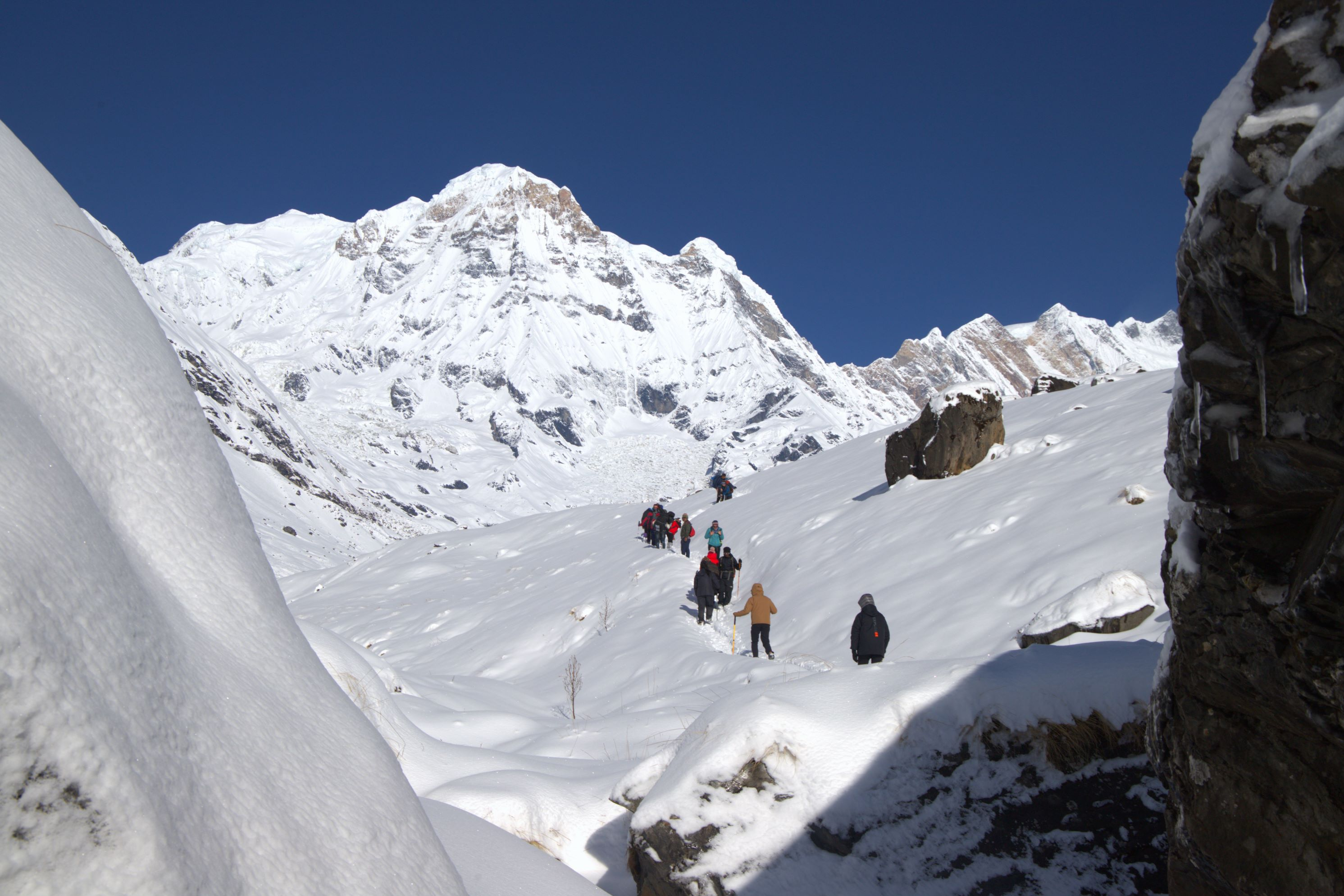
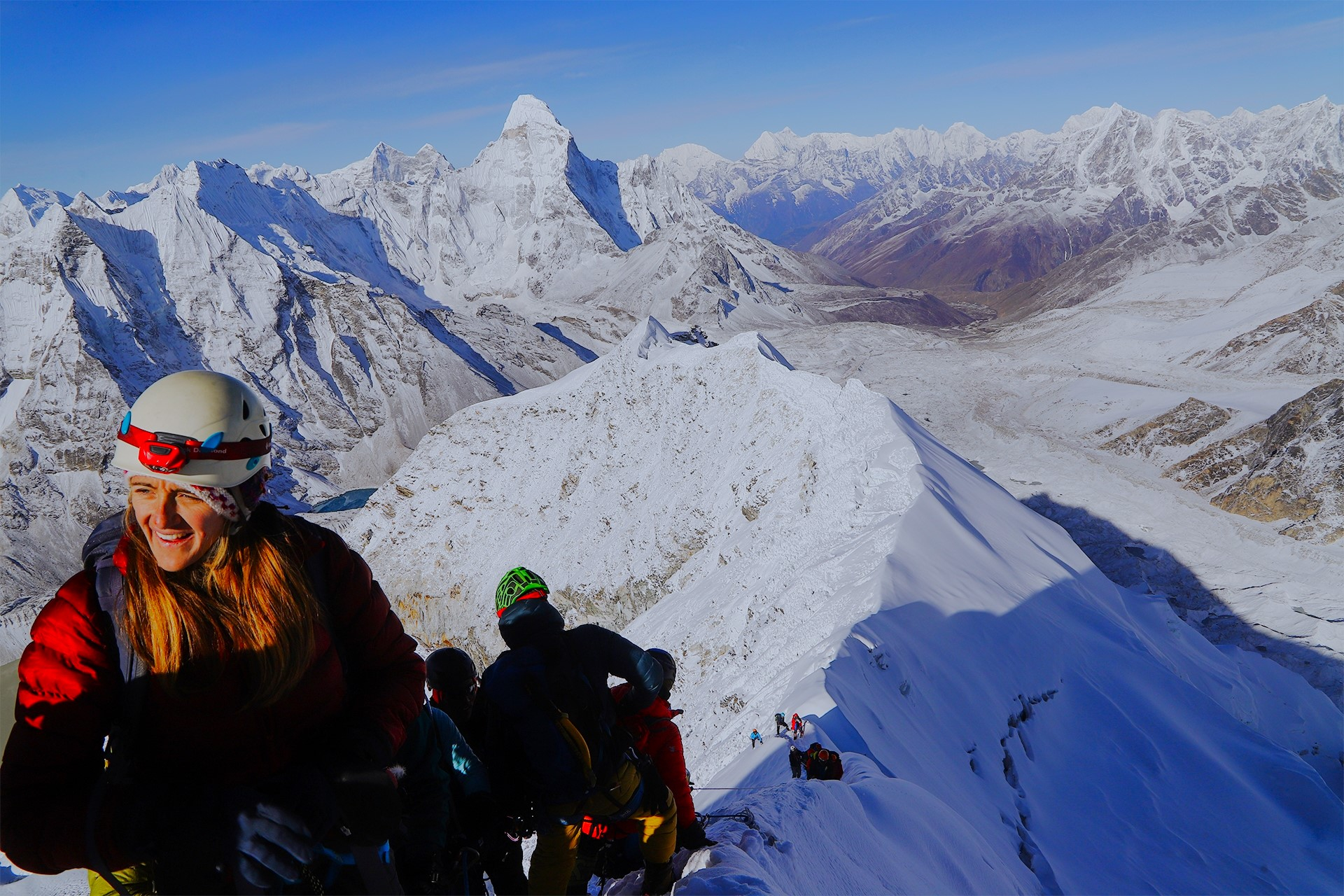
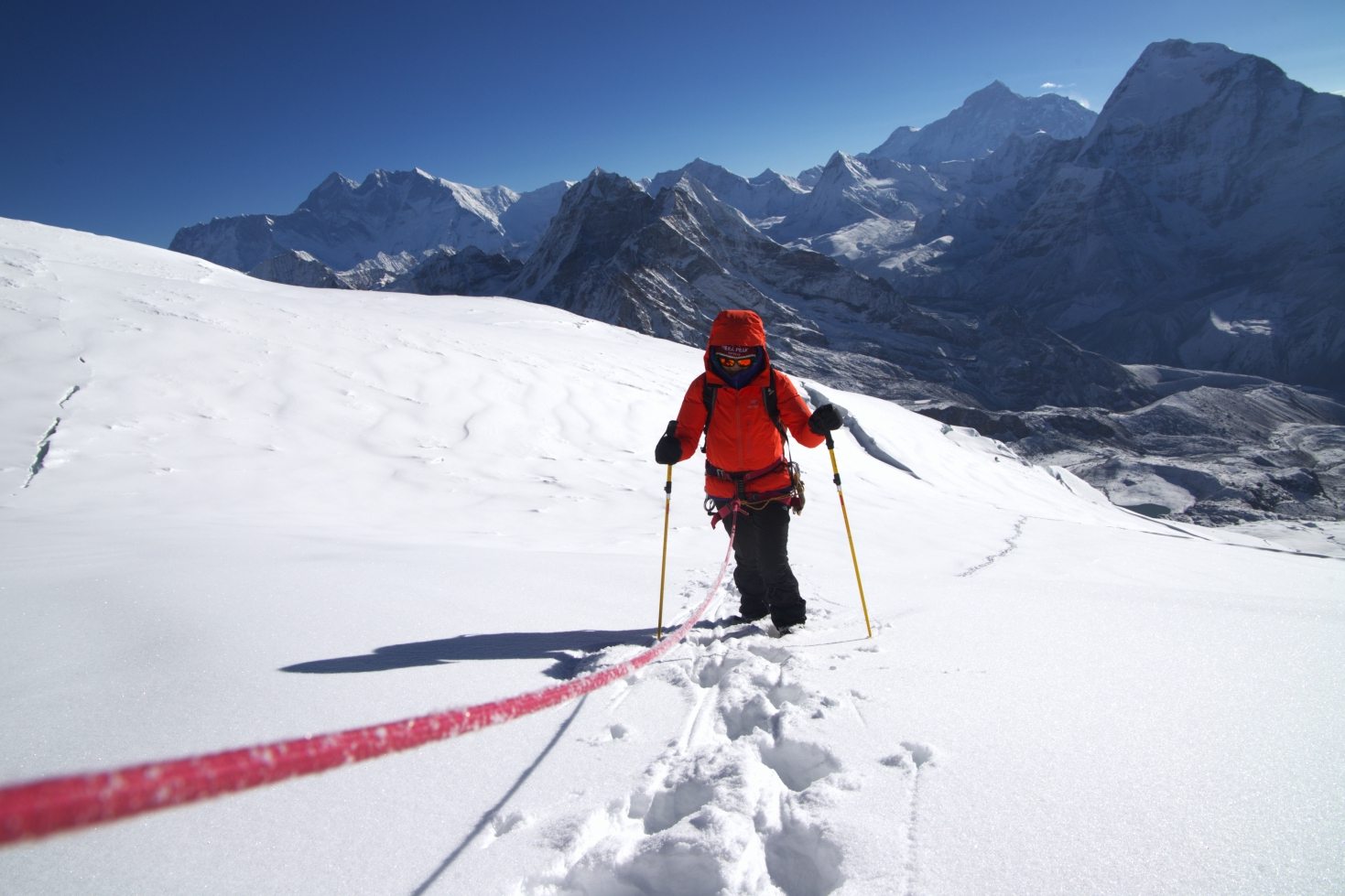
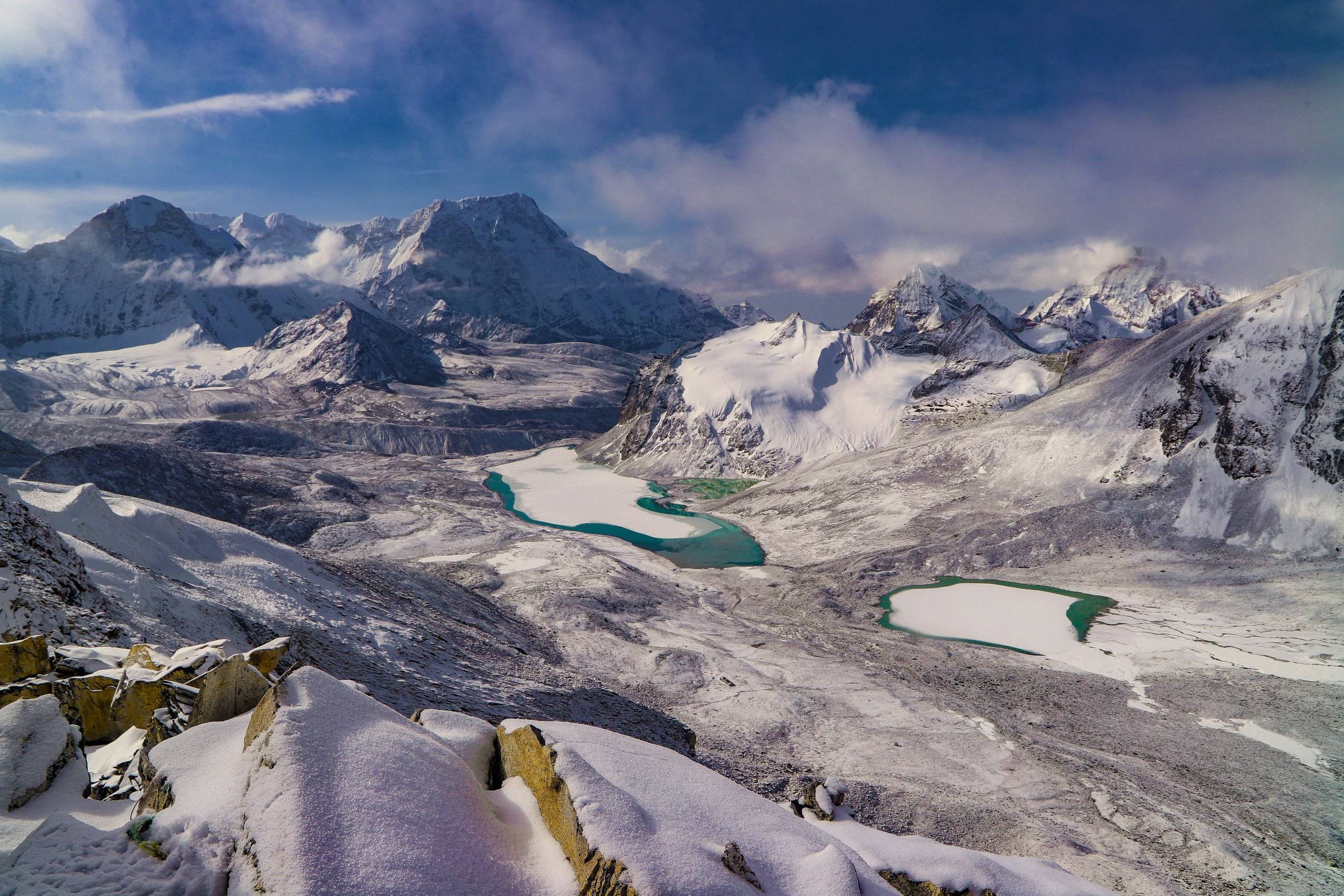

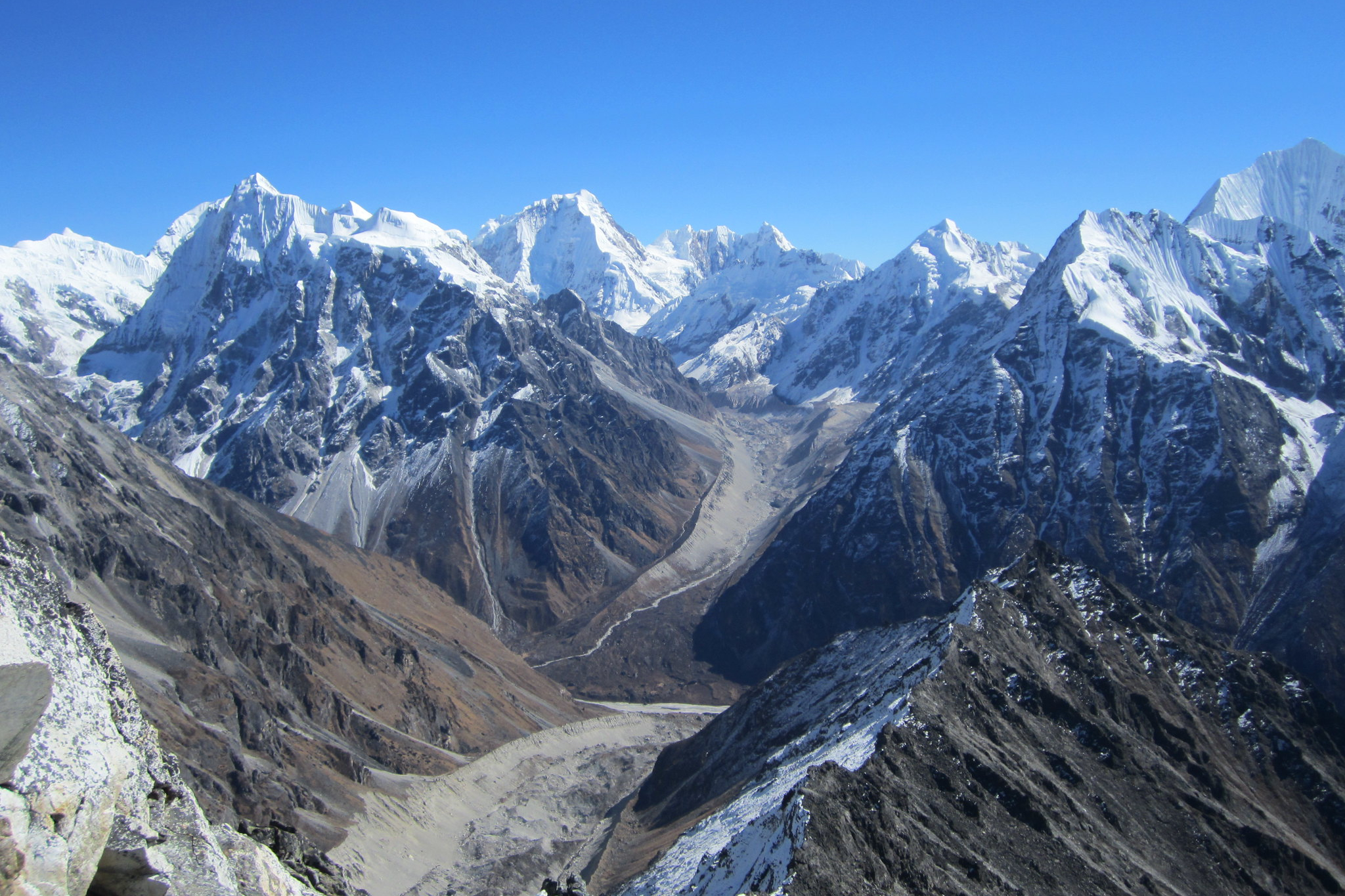
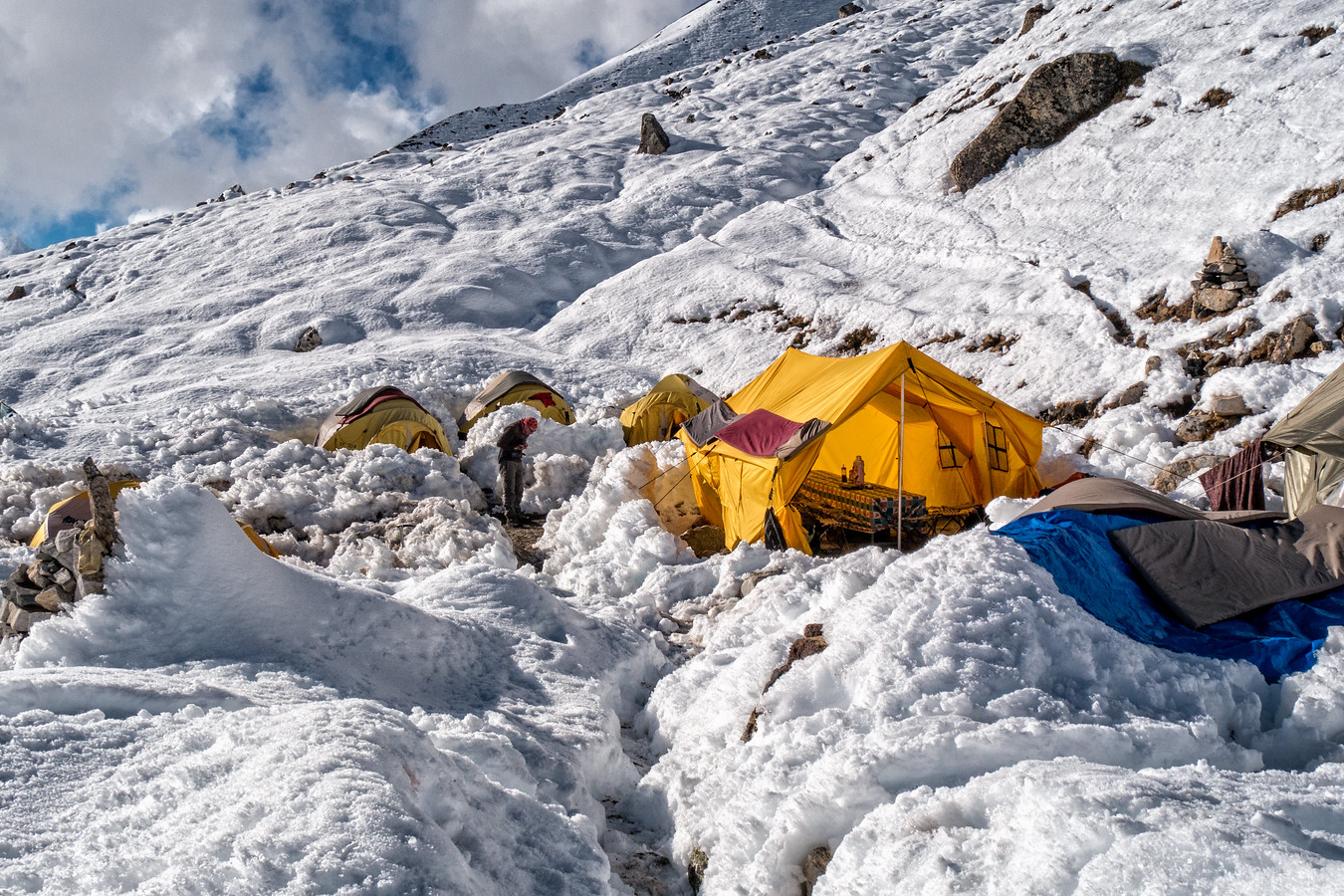



Discover incredible offers for your upcoming adventure by subscribing to our newsletter with the latest travel tips and updates.
